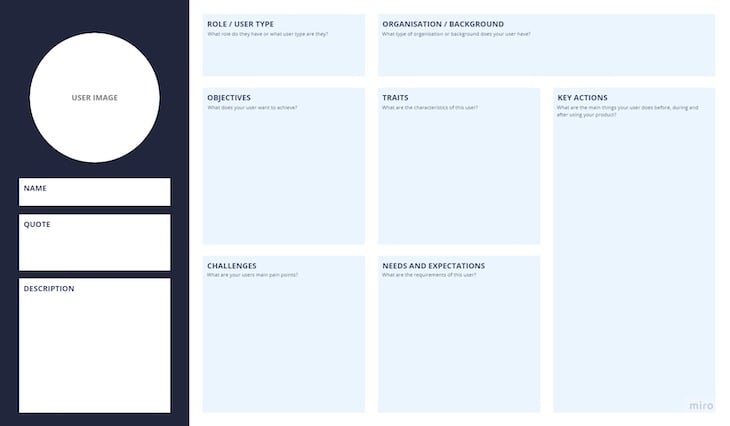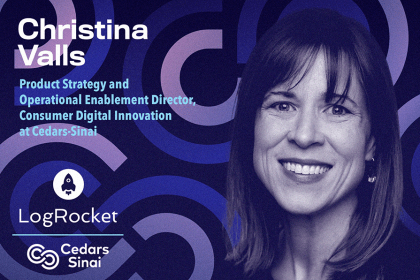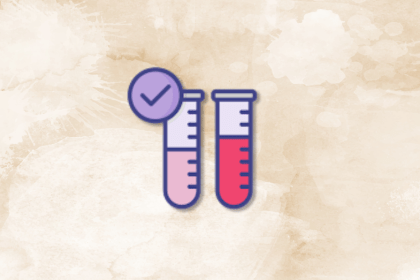In the process of developing a product, the product team usually comes across endless decision-making dilemmas. When average product teams encounter difficult decisions, they tend to follow their gut, whereas great teams utilize user personas and user data.

User personas are a valuable tool for helping product teams deepen their understanding of their users. Such understanding enables product managers and designers to make all types of decisions, from what to build next to simple design decisions like where to place a button.
So what are user personas and how can you craft ones that improve your team’s ability to make important decisions? We will cover all you need in this article.
A user persona is a fictitious representation of a product’s end users. You create a user persona based on data that you generate from extensive product research. It’s explicitly designed to help product teams understand their end users deeply by digging into their problems, goals, needs, pain points, behaviors, and preferences.
User personas are used throughout the entire product lifecycle to ensure that a product is built with the users’ context in mind, rather than guesswork or risky assumptions.
The user persona design differs from company to company and from squad to squad. It possesses every single data point you need to understand the user context fully. However, in general, it might contain elements such as:
Ideal customer profiles (ICPs) and user personas are two techniques product teams use to understand the pain points, needs, and preferences of their customers. However, they serve different purposes and are used in different stages.
Ideal customer profiles are fictional representations used companywide to define the type of businesses, organizations, companies, or individuals who would be most likely to use the product or the service the company offers. The ICP includes components such as the expected revenue, location, and top pain points.
An ICP is primarily used in the B2B scene to determine which companies will be willing to use the company’s offerings.
User personas, on the other hand, are detailed fictional representations of only one segment, or a small subset of the overall company’s ICPs. These are more detailed and specific than an ICP because they guides decisions across the product squads.
User personas are powerful for driving critical product decisions. Personas can help you with:
Always state the problem and design the product with the user in mind. The adoption of the product will increase because the product will serve the user’s needs. When a persona is crafted from multiple research initiatives, the product team will have a 360-degree perspective on the users’ preferences and pain points. This allows a team to design products that match their preferences and solve their problems.
Users leave your product for many reasons. When the product team understands the user pain points and documents them, they will introduce product improvements that address the issues and keep the users engaged.
User personas are one of the simplest and most powerful tools for prioritization. You can do this by creating a matrix where you classify your different personas in columns and then your features in rows.
From here, assign a criteria-controlled score for how each feature affects that specific persona. As another example, you can watch this video by NNgroup that explains how prioritization is done using user personas.
The entire process of creating user personas can take 1-2 quarters. It’s not something you can simply build based on existing internal assumptions.
The four steps below will help you to build a user persona that will guide your team as they make critical decisions:
First, have a kick-off meeting to acknowledge the importance of the user persona. Align internally with your team, acknowledge the importance of having a user persona, and identify the most significant user group/segment of your product.
The second major step is to launch various research initiatives to understand the user’s traits and problems deeply.
Common techniques for gathering well-rounded views of your users’ behaviors and needs include:
Once the data is collected, organize a synthesis workshop and start identifying user commonalities across components like user behavior, pain points, motivations, and goals. When you have identified the commonalities and aligned your stakeholders, you are ready to move to the final step.
Using the commonalities you uncovered. Create a user persona that documents all of your major findings across all the user persona components (such as goals and pain points).
This user persona template will help you create detailed and accurate personas that improve decision-making throughout the product development lifecycle. By focusing on the most critical and significant user segments, this template ensures that your product team builds user-centric solutions that address real pain points and issues faced by your users.
To create a user persona using this template, adhere to the steps outlined above and record the following information for your team:
Remember to continuously update and refine your user personas with new research and insights to keep them relevant and accurate.
If you’re a more visual learner, this user persona template by Megan Cattley is another great resource to help you get up and running:

Now that you understand what user personas are and how to create ones that drive better product decisions, let’s walk through some practical examples:
Meet Tom, a 42-year-old single dad who values convenience and time-saving solutions:
Meet Maria, a 28-year-old graphic designer who wants to learn a new language for her upcoming trip:
Meet John, a 35-year-old marketing manager who wants to improve his overall health:
If a company or product team genuinely wants to build products that meet users’ needs, investing time to build user personas would have a high ROI. Creating detailed and accurate user personas can help the team be more user-centric and driven by the real pain points and the issues of the users.
To build a user persona, it is critical for the product team to launch a variety of research initiatives and involve all stakeholders in the process. Remember that you need to focus on the most critical and the most significant user segment for your product. Also, continuously build and launch different research projects to update and refine your user persona.
Featured image source: IconScout
LogRocket identifies friction points in the user experience so you can make informed decisions about product and design changes that must happen to hit your goals.
With LogRocket, you can understand the scope of the issues affecting your product and prioritize the changes that need to be made. LogRocket simplifies workflows by allowing Engineering, Product, UX, and Design teams to work from the same data as you, eliminating any confusion about what needs to be done.
Get your teams on the same page — try LogRocket today.

Michal Ochnicki talks about the importance of ensuring that the ecommerce side of a business is complementary to the whole organization.

Christina Valls shares how her teams have transformed digital experiences at Cedars-Sinai, including building a digital scheduling platform.

Red-teaming reveals how AI fails at scale. Learn to embed adversarial testing into your sprints before your product becomes a headline.

Cory Bishop talks about the role of human-centered design and empathy in Bubble’s no-code AI development product.